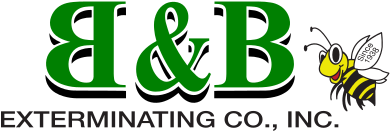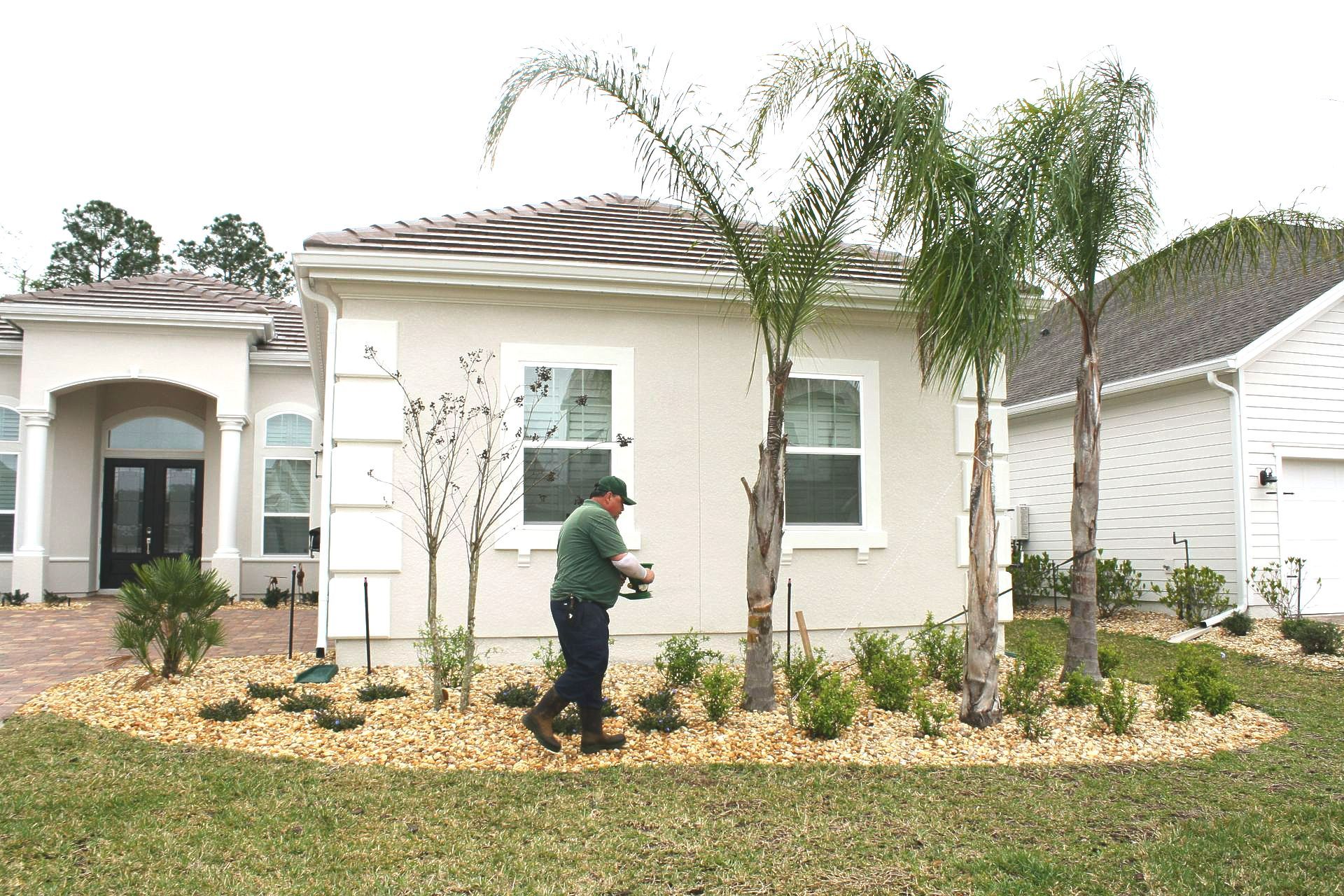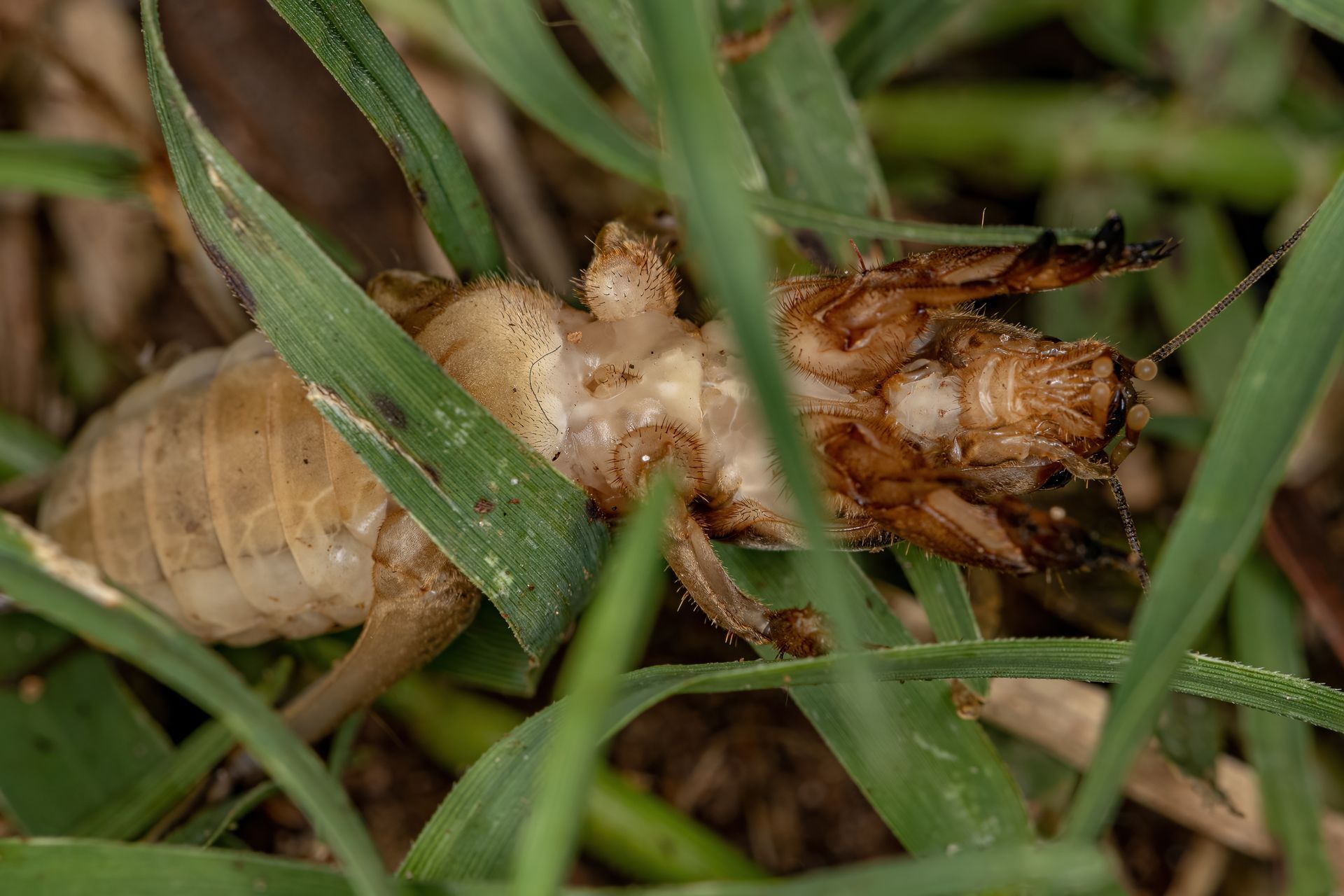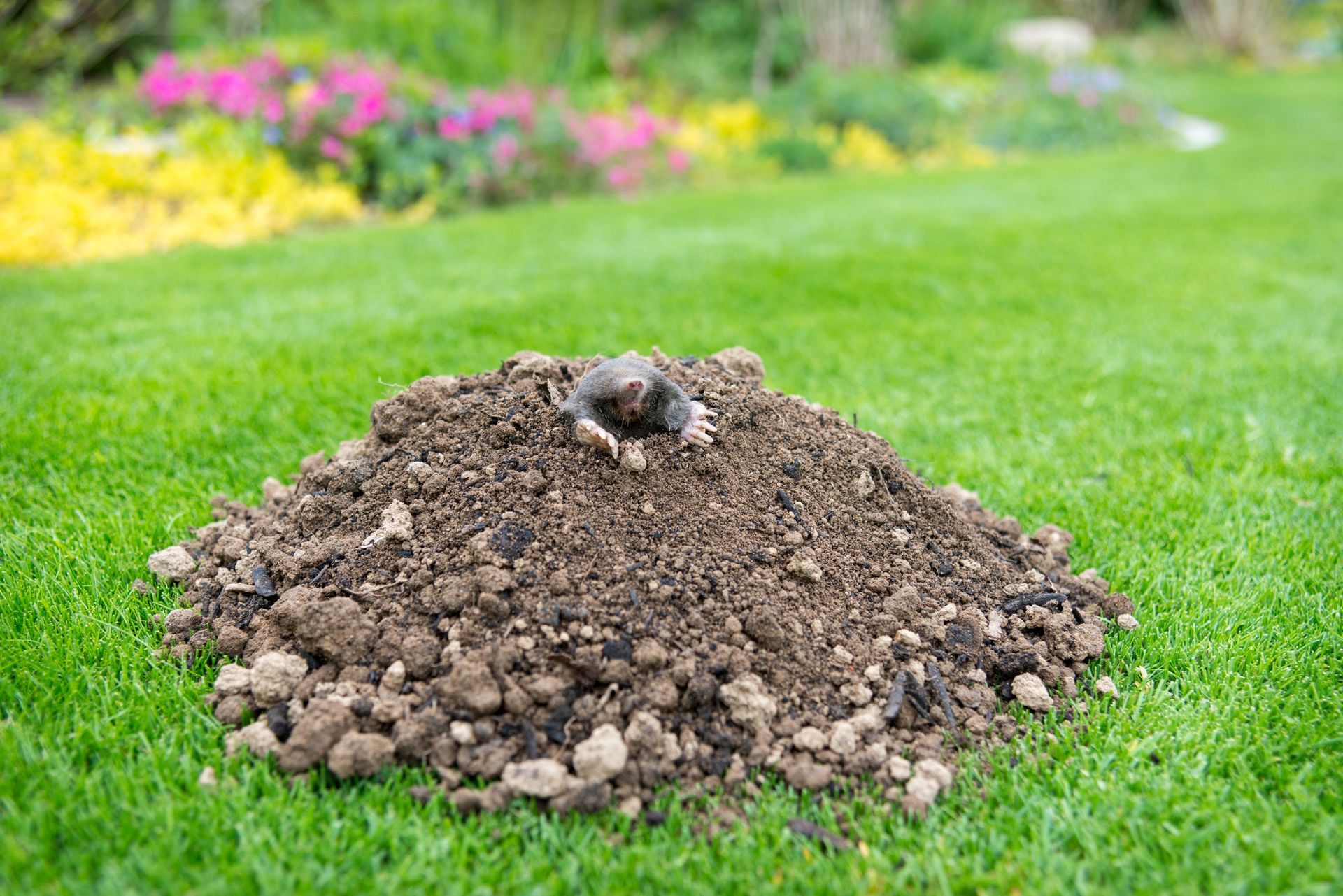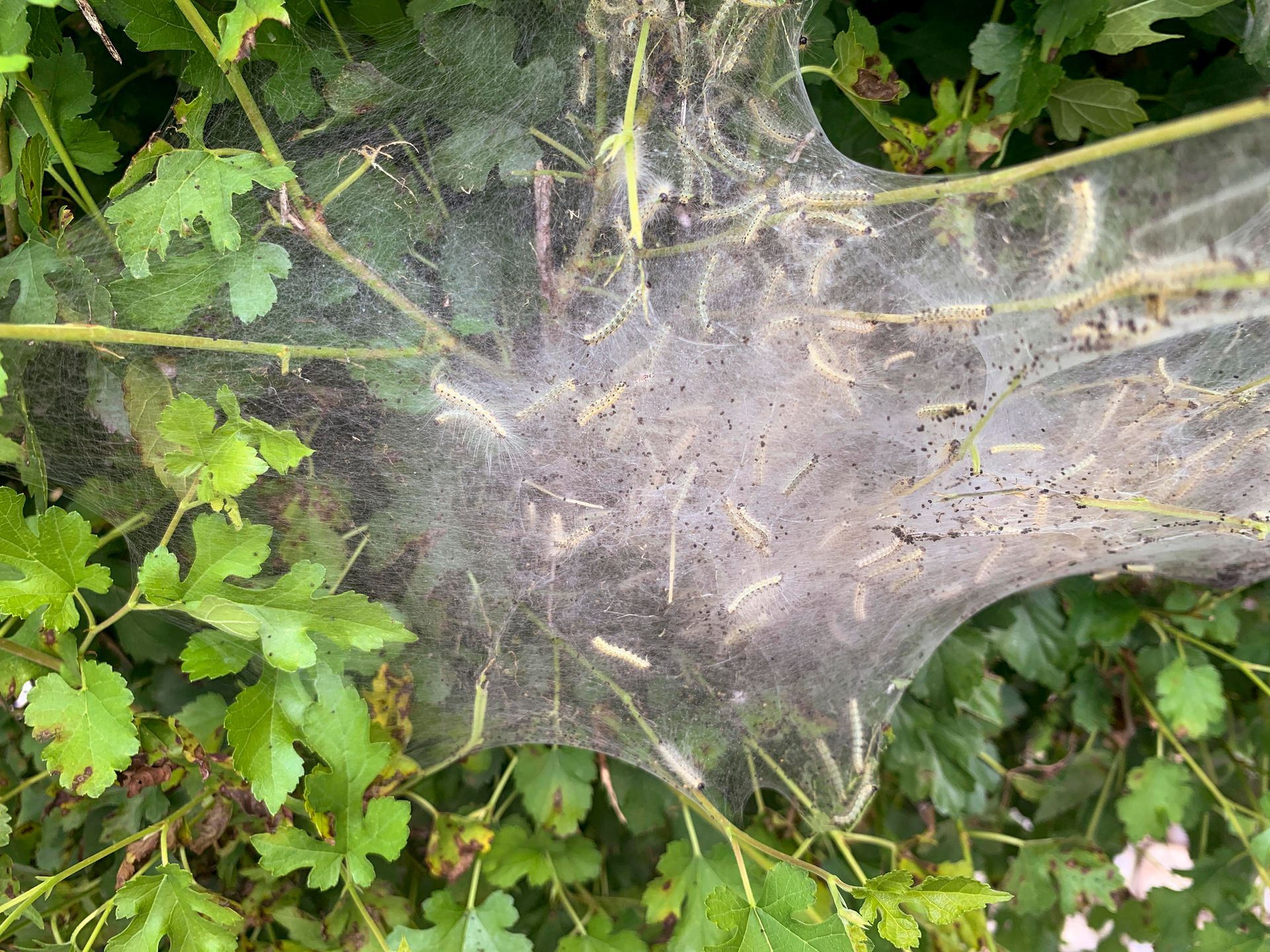Lawn Care Jacksonville
Lawn Management
B & B Exterminating is Jacksonville’s leading lawn care professional. We specialize in the pest treatment and fertilization of St Augustine grass, including Floratram, Palmetto & Pro Vista around northeast Florida. Do you have brown spots in your yard, or have you received a letter from your HOA? We can help! Our professionally trained staff will assess the problem and set up a treatment plan to bring your yard back to life!
Many things could be the cause of your lawn problems. Turf damaging pests, fungi, broadleaf weeds, moles, fertilization, & water management are the most common issues. Our professionally trained staff of lawn experts have the experience and equipment to resolve your problem with a lawn care program that meets your budget. We treat with both liquid and granular pest control depending on the season. We also use pre-emergent and post-emergent for broad leaf weed control and set up a fertilization plan. Your B & B lawn care service representative will also work with you on a complete lawn management plan that includes a watering program. This will have your yard as green and lush as it’s ever been. Calls us today for a free quote.
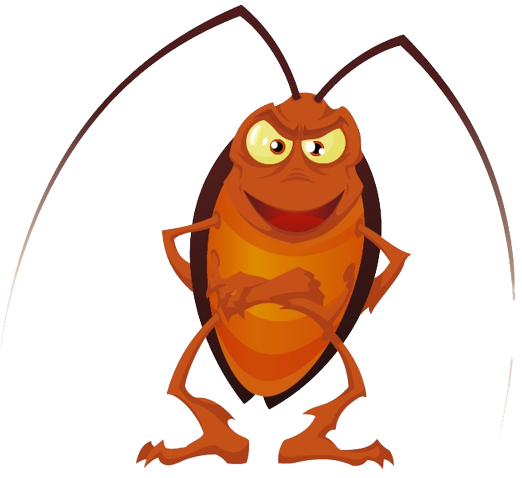
B&B Shrub Care Services
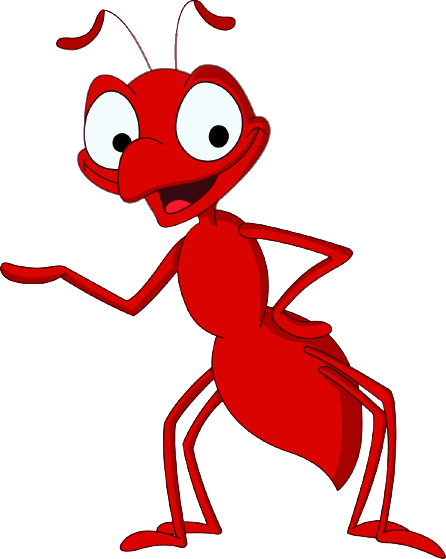
In addition to our expert home lawn care, B&B also offers professional shrub care services. Each specialized application is designed to maximize growth while controlling insects and disease. Our shrub care service features programs designed to fit your individual needs.
Our highly trained lawn care professional will evaluate and diagnose your conditions and make recommendations for treatment and maintenance of your shrubs. We will return on a regular basis to apply season-appropriate treatment applications that will help keep your landscape investments healthy and looking their best throughout the year!
In addition to lawn and shrub care service, we offer palm tree fertilization programs.
Broadleaf weeds we treat in Jacksonville, FL
Dollarweed, Broadleaf Plantain, White Clover, Red Clover, Black Medic, Buckhorn Plantain, Carolina Geranium, Carpetweed, common Chickweed, large Hop clover, Curley Dock, Dandelion, Ground Ivy, Common groundsel, Henbit, Common Lespedeza, Parsley Piret, Pennsylvania Smartweed, Speedwell, Spotted Spurge, Wild Violet, Creeping Woodsorrel, Yellow Woodsorrel
Yard Pest treated
Mole Crickets, White Grubs, Billbugs, Spittlebugs, Chinch Bugs, Sod Web Worms (grass moths), Armyworms, Cutworms,
Any Lawn application must stay 20 feet from the bank of any water edge.
Brown Patch
Brown patch is a common fungal disease in St. Augustine grass, especially during humid weather. Lawns stressed by drought, heat and pests show higher susceptibility to brown patch. Curing this disease proves easiest in its early stages. Identify brown patch in the grass early, before it spreads throughout the lawn. Look for yellowing grass that pulls easily from the stem, in addition to brown patches. Sometimes the yellowing can even have an orange or reddish tint as well. In larger areas of infection, look for green grass in the center of brown patches.
Leaf Spot
Another common disease in North Florida is Leaf Spot and it is commonly seen in late spring to early summer in lawns that get a lot of moisture. Individual blades will have small brown spots that are usually oval and have a darker brown border. Damage from leaf spot can cause problems during the summer when the damaged areas can’t handle the hot and dry conditions and die out. Early treatment with fungicides is best.
Mole Cricket
Mole crickets are about 1.2–2.0 inches long, with small eyes and shovel-like forelimbs highly developed for burrowing. Mole crickets make tunnels in the ground, severing grass roots and causing the earth to bulge upwards. They also eat the roots and shoots of grass. Mole cricket damage looks like brown patches. Predators such as raccoons and armadillos may further dig up the turf to feed on the crickets. Mole crickets are nocturnal, which means they do their damage mostly at night. Mole crickets do the most damage from late August to early October. Pesticides are effective for control. This pest is covered by our lawn program.
Moles
Moles, and the tunnels they create, are often considered a garden/lawn nuisance. These small rodents have pointed snouts and tunnel underground searching for a meal of insects. While their tunnels are an annoyance to most, some people consider these tiny mammals beneficial since they feed on potentially harmful insects like mole crickets, grubs, ants, and slugs.
Characteristics of mole damage are saucer-sized mounds of dirt and holes with a 2–4 inch diameter. Damage from their tunneling can temporarily cause plant roots to be disturbed and dry out. This will cause unsightly damage to your lawn.
Sod Webworm
Adult females (Moth) deposit clusters of 10 to 35 white eggs on the upper surface of grass blades. As the eggs hatch they develop into the worm itself. When the worms are actively feeding, they will construct a web on the top of the lawn. Sod webworms destroy lawns by chewing away the tissue of the grass blade. As the grass is aggressively attacked by the webworm its leaves become ragged and yellow to brownish in color. Damage is usually only to the leave blade and can recover easily during the growing season. They are mostly active during late summer and fall. Pesticide treatments are very effective for control of the webworm. This is a pest that’s covered by our lawn program.
